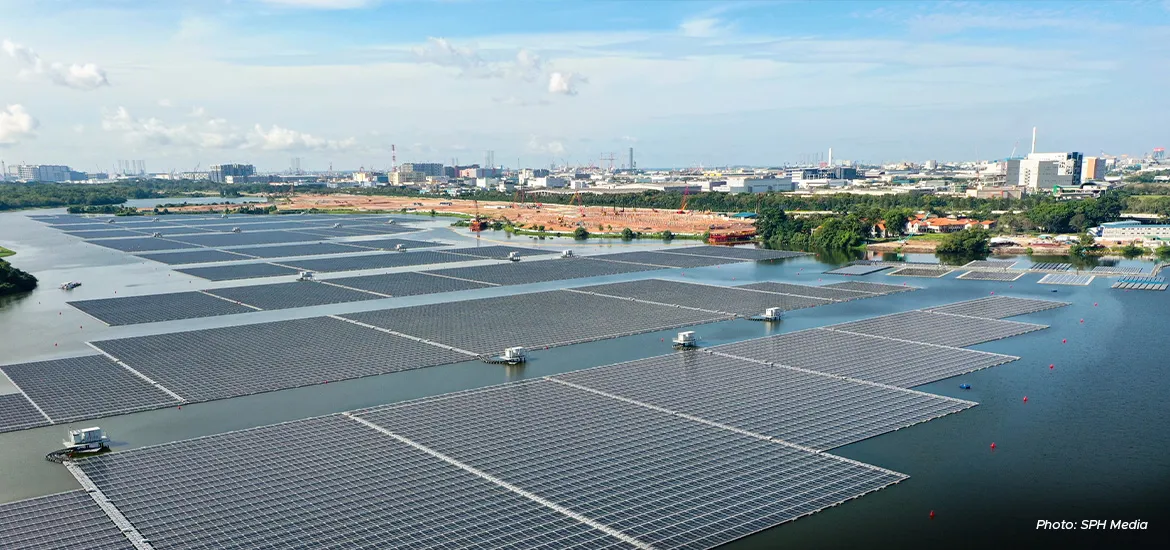- EDB executive vice president Lim Wey-Len: Southeast Asia is now at a critical cusp of growth for renewables, but clean energy investments in Southeast Asia will need to quadruple by 2030.
- The roles Singapore can play to aid the region’s renewables transition: a reliable and well-connected regional hub, a green financing hub from which to garner investments into renewables, and provision of development and executional support with our vibrant ecosystem of companies across the value chain.
Southeast Asia has to speed up in building its renewable energy capacities in order to hit the region’s net zero targets, experts said on April 4.
The region’s annual renewable capacity additions have to increase by seven to 12 times for solar and onshore wind power, as compared with the region’s annual average from 2018 to 2021, said McKinsey & Company senior partner Vishal Agarwal at an event to discuss a report on Southeast Asia’s transition to renewables.
The report was published by the Economic Development Board (EDB) and led by McKinsey, with Mr Agarwal as one of its co-authors. It was launched at 2023’s United Nations Climate Change Conference, or COP28.
“It is important for Southeast Asia to move more aggressively on the topic of renewables,” he said, noting that the region currently makes up about five per cent of global emissions.
This is expected to double to 10 per cent by 2050, not because the region is increasing its carbon emissions, but because it is not decarbonising fast enough, he added.
The report noted that Southeast Asia significantly lags behind other regions’ markets, because it only recently started adding renewables capacity at scale.










